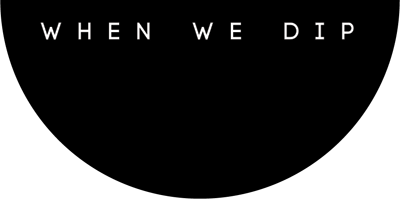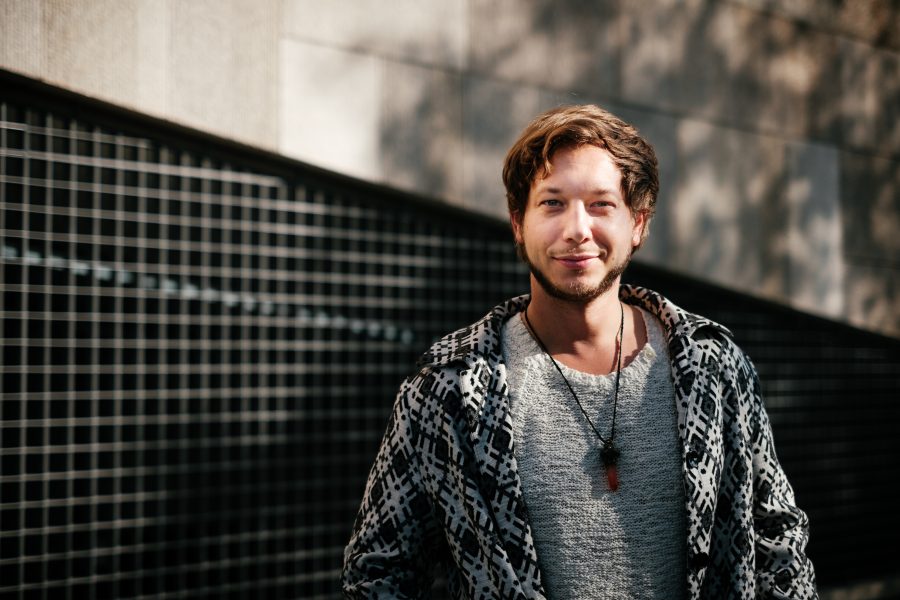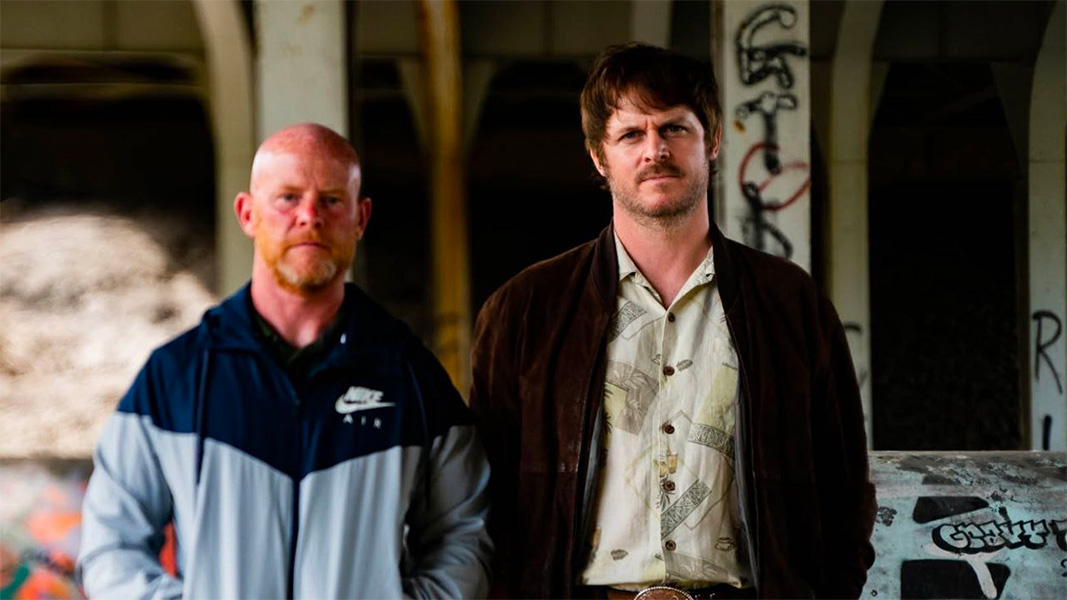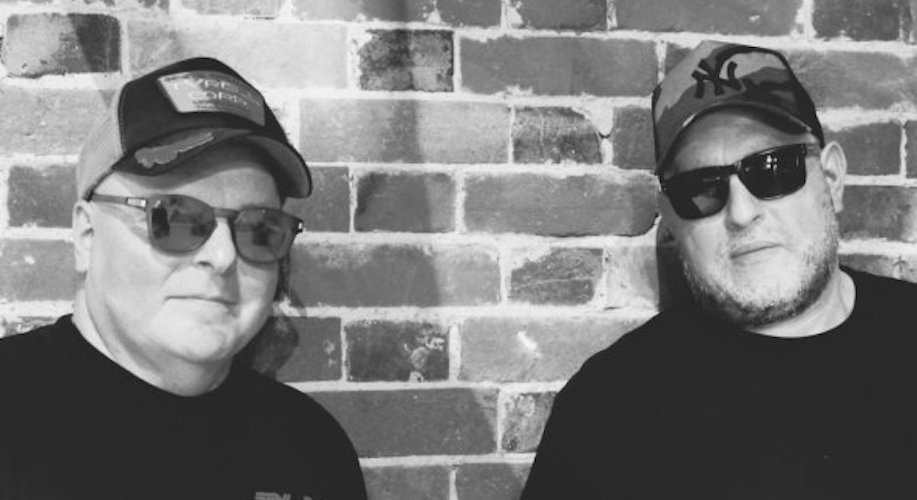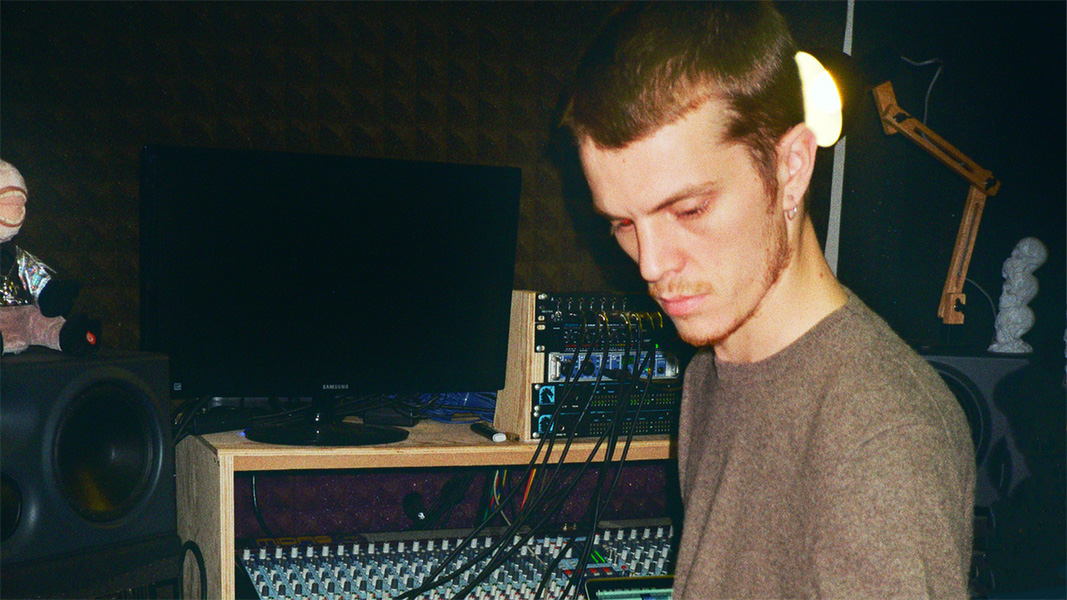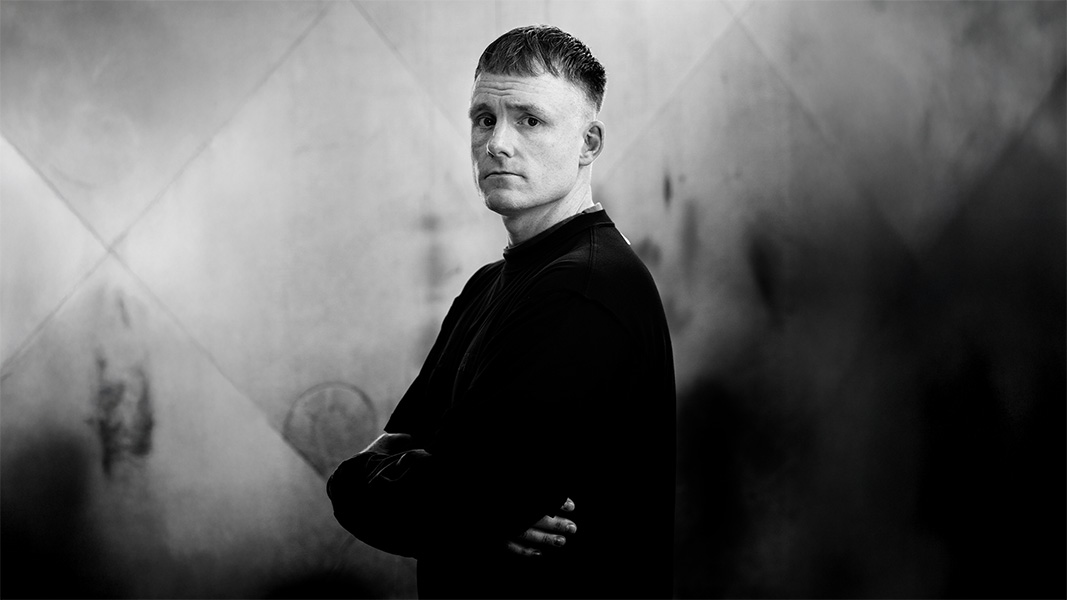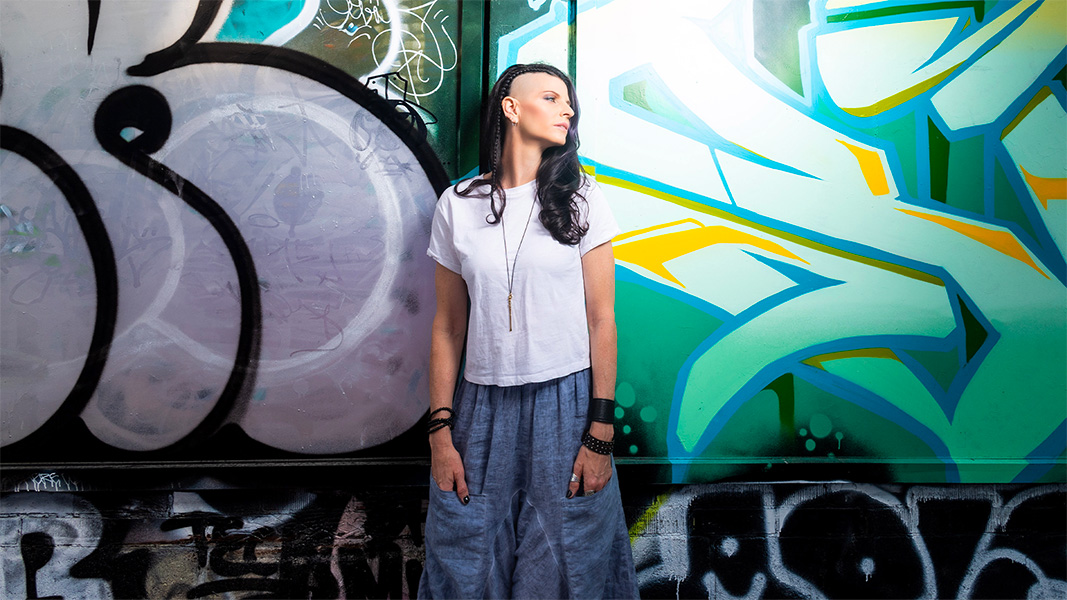Seth Schwarz loves melodies and is a classically trained violinist. In his teens he began to merge violin and other classical instruments with the digital sound playground. Seth incorporates elements of House, Techno & Electronica, while improvising with his violin for an emotional imprint and looping it through fx chains creating a unique signature on the virtual world of sound. He has given numerous concerts in Europe, Japan, North & Central to South America as well as Afrika amongst Burning Man, Amsterdam Dance Event, The BPM Festival, Fusion Festival and Afrika Burn. His powerful productions meet the expectations on the dance floor, yet at the same time they break the circle of imitation and repetition: often it’s those who enter the scene from a different background who take the evolution of music to the next level –open-minded and curious instead of suffering from tunnel vision.
By merging the concepts of electronic music and classic composition he creates mighty bangers of truly symphonic dimensions. Instead of being a teenage club junkie and after hour addict, Seth dedicated a great part of his youth to classical music. That’s a really good thing for his liver function, and that’s an even better thing for his creative style. It’s not unusual for him to record up to 70 instrumental tracks for a new production – each one hand-played, of course. Classical music composition meets the clubby bounce of a kick drum: the result is extremely catchy and has a unique feeling.
We had the chance to talk with the prodigy about classical music, his influences, his current projects and a lot more… Have a great read while listening to his Burning Man set in 2019 at Pink Mammoth. Enjoy !
WWD: You were introduced to classical music from a young age with your mother playing classical vinyl’s. What were some of the records that stood out that she played?
She played a large variety. Records that stood out and I would myself get back to later listening again where for example Leonard Bernstein’s ‘West side story’ or Sarasates ‘Carmen Fantasy’. In between I also found a record called Popcorn which must have been my first encounter with electronic music.
WWD: Tell us about your experience in America, playing in the Saint Bani Jazz Band. How has this influenced your sound?
After playing many years from sheet music only, like in the symphonic orchestra or single violin studies I felt an urge to express and play the melodies that would turn up in my head more and more freely. I started playing the instrument differently and played for myself rather than for others. After high school I would take the violin and play in my room melodies that I was dreaming of or that would just turn up instantly while playing.
When I found out about the jazz band in school I knocked on the door and asked if they could imagine having a violin. It was an experiment at first but quickly we developed a great combination of keys, brass, drums and horns, bass and me on the violin amplified. I love it so much taking solos and going wild at that point, playing them using of Santana or jazz classics like Mr PC. This definitely pushes me to go further with the free playing and exploring the violin sound from a different angle.
WWD: Are there any more modern classical artists you follow?
I admire Anne Sophie Mutter.
WWD: Do you think classical music is lost in younger generations now?
In my eyes classical music needs more attention in our culture. There are orchestras I have seen closing due to the lack of public interest or subsidization through politics. If correctly introduced it delivers a deep truth about our universe, our planet and might open up to find a piece of oneself.
WWD: Who gave you your first booking? For which project?
I had shows playing in cafes, restaurants and soirées since I was 12. With about 16 I was rapping with a Hip-hop project. I believe it was in 2009 when my cousin asked me for his DJ Battle to come on stage and join him with Rap and the violin in a place called Groove Station in Dresden. It was for that show that I actually bought my first electric violin.
WWD: What gave you the inspiration to combine classical elements with electronic, especially in your live performance?
I suppose it was the only thing besides rapping that I could do on stage, playing my instrument and being able to improvise on top of a groovy beat made it very much fun. Back then I believe it was also very new hearing that sort of a combination and I was much inspired at this time by Parov Stelar, who only a few years later I had the chance to play the opening for at a big production.
WWD: When did you start to incorporate playing Violin live in your sets? How did people react to you playing the violin?
When I presented my first vinyl in Charles Bronson Club I was thinking I needed some live to it. So, I took the electronic violin and ran it through effect pedals for a bigger sound. People went nuts seeing this and it gave me a good push to continue up to now.
WWD: You used to sing and have mentioned feeling inspired by artists that have incorporated their voice into their sets. Is this something you have considered doing with your productions?
I have recorded some vocals again but wasn’t brave enough yet to present it outside of the studio. Hopefully I will improve on that side soon and be able to share it when I feel it is ready.
WWD: You’ve collaborated with artists in the past, are there any plans to do this again or anybody you have in mind you’d like to work with if you got the chance?
I have collaborated with artist like Mollono.Bass, Monkey Safari (who actually discovered me), Einmusik and Be Svendsen to name a few and I’m sitting on new projects with Soul Button at the moment. Artists I would also really love to work with are Worakls, Stephan Bodzin or somebody completely outside the box.
